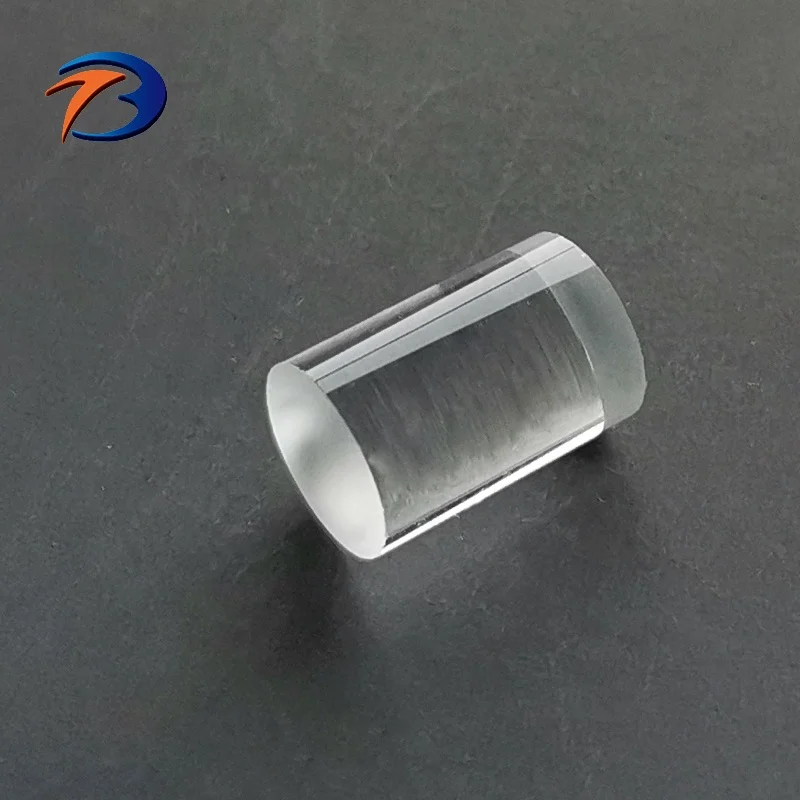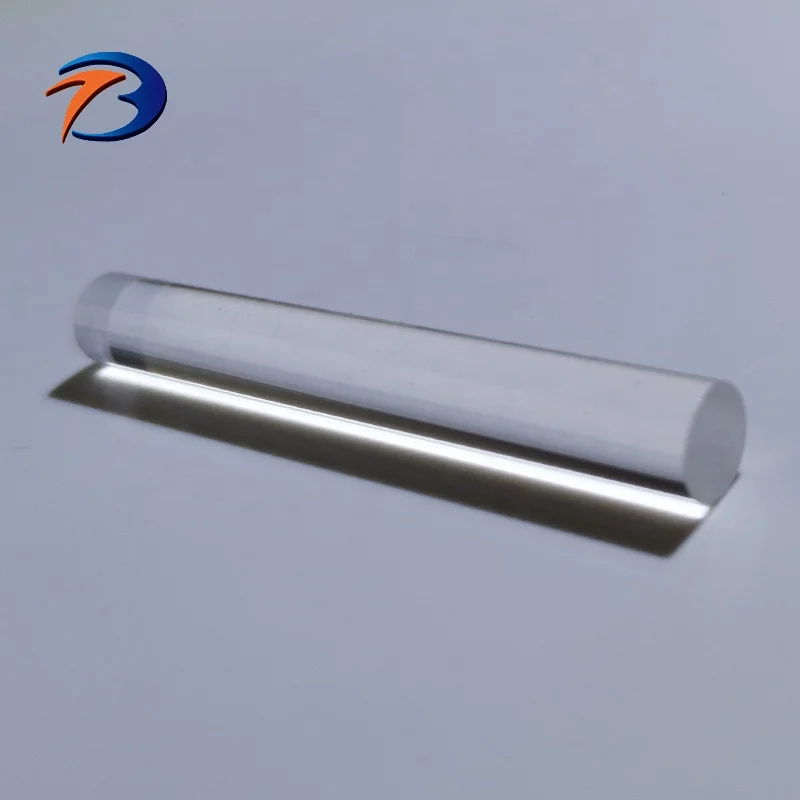Stainless Steel Pipes: A Complete Guide for Buyers in 2025
When sourcing stainless steel pipes, quality and reliability are paramount. Whether for industrial, construction, or specialized applications, understanding the product specifications and supplier landscape is crucial. This guide provides practical insights for global buyers looking to source from China in 2025.
How to Find Reliable Stainless Steel Pipes from China in 2025
China remains the world's leading manufacturer of stainless steel pipes, offering competitive pricing and diverse specifications. To identify trustworthy suppliers:
- Verify certifications (ISO 9001, ASTM, EN standards)
- Check production capacity and lead times
- Request material test reports for each batch
- Review client testimonials and project references
- Consider suppliers with in-house testing facilities
Top manufacturing hubs include Zhejiang, Jiangsu, and Guangdong provinces, where clusters of specialized factories ensure quality control.
What Buyers Should Know Before Buying Stainless Steel Pipes from China
Key considerations when importing:
| Factor | Details |
|---|---|
| Material Grade | 304/304L and 316/316L are most common |
| Surface Finish | Annealed, polished, or brushed options |
| Packaging | Plastic caps and waterproof wrapping essential |
| Shipping | Container loading calculations affect costs |
Always request samples before large orders and confirm INCOTERMS to avoid unexpected charges.
Types of Stainless Steel Pipes
Major categories include:
Seamless Pipes
Ideal for high-pressure applications with superior strength characteristics.
Welded Pipes
Cost-effective solution for standard pressure requirements.
Structural Pipes
Used in construction with specific dimensional tolerances.
Precision Tubes
For medical and instrumentation applications requiring tight tolerances.
Functions and features of Stainless Steel Pipes
Key advantages driving global demand:
- Corrosion resistance: Chromium content forms protective oxide layer
- Temperature tolerance: Maintains integrity from -200°C to 800°C
- Hygienic properties: Non-porous surface prevents bacterial growth
- Strength-to-weight ratio: Lighter than carbon steel with comparable strength
Scenarios of Stainless Steel Pipes
Primary applications across industries:
Oil & Gas
Offshore platforms use duplex grades for seawater resistance.
Food Processing
316L grade dominates in sanitary transfer lines.
Architecture
Decorative pipes for handrails and structural elements.
Chemical Plants
Special alloys resist acidic and caustic environments.
How to Choose Stainless Steel Pipes
Selection criteria based on application needs:
- Determine required pressure rating
- Identify chemical exposure risks
- Calculate thermal expansion requirements
- Consider installation method (welding/threading)
- Evaluate lifecycle cost vs initial price
Consult with engineers for critical applications to specify appropriate wall thickness and joining methods.
Stainless Steel Pipes Q & A
Q: What's the price difference between 304 and 316 stainless steel pipes?
A: 316 typically costs 20-30% more due to molybdenum content, but offers superior chloride resistance.
Q: How to prevent counterfeit materials when buying from China?
A: Insist on PMI (positive material identification) testing and third-party inspection services.
Q: What's the minimum order quantity for custom sizes?
A: Most Chinese factories require 1-3 tons for customized diameters or wall thicknesses.
Q: How long do stainless steel pipes last in coastal environments?
A: Properly specified 316L pipes can last 25+ years in saltwater exposure when maintained correctly.
Q: What's the lead time for standard sizes from China?
A: Typically 30-45 days for container shipments, including production and documentation.





































































